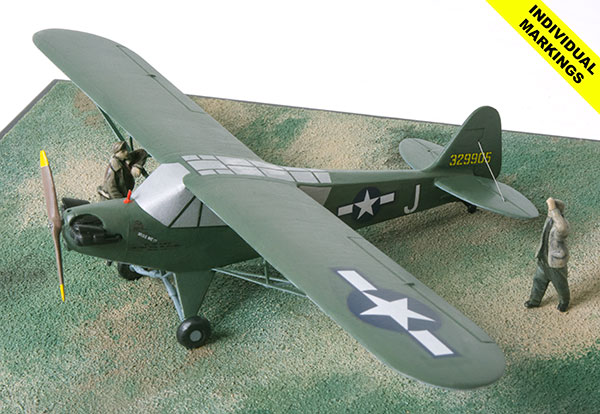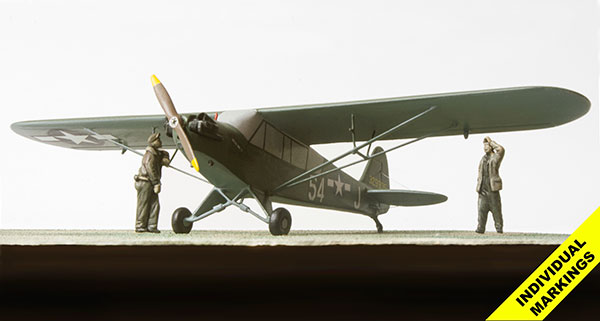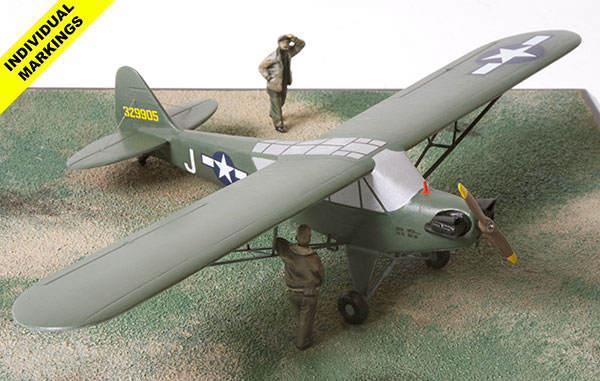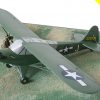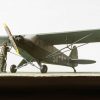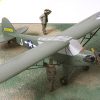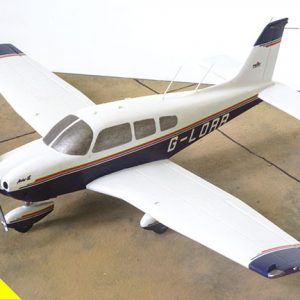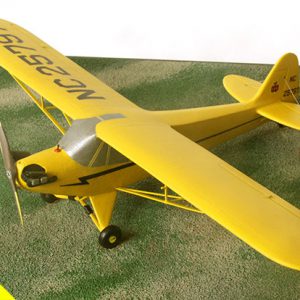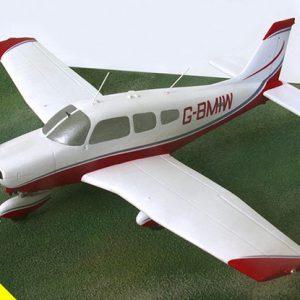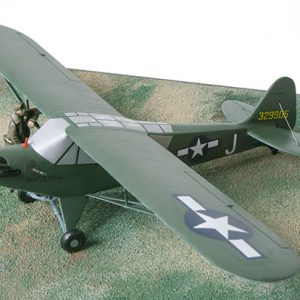Piper L-4H ‘Grasshopper’
The Piper L-4H Grasshopper was derived from the popular PiperJ-3 Cub which had been the basic trainer for the Civilian Pilot Training Program, with 75% of new pilots in the CPTP training on the type; by the end of the war 80% of all US military pilots had received their primary training on Cubs. In 1940 over 3,000 Cubs were built; by the end of the conflict the production rate enabled one to be built every twenty minutes.. For the basic U S Army L-4, Bill Piper Jr is reported as saying “All we had to do was to paint the Cub olive drab”. Variously designated, according to year and service, as the O-59, L4 and NE 5,413 were built including 250 of the NE version for the US Navy. These, like several other types of similar size and configuration, were referred to collectively as “Grasshoppers”, used like the L-4 for reconnaissance, artillery spotting duties, medical evacuation – in the Cub one patient could be carried on a litter secured lengthways behind the pilot – and transporting supplies. There were even L-4s which, equipped with bazookas, took part in impromptu anti-tank attacks in Northern France.
The valuable role played by the U.S. Army spotter aircraft is often overlooked, but one significant sortie will forever be remembered in history. On April 11th 1945 Lieutenant Duane Francies and his observer, Lieutenant William Martin, took part in an historical sortie thatis not only remarkable for the fact the two Lieutenants shot down a Fieseler Storch with their pistols but that the Storch was the last German aircraft to be shot down by an Allied aircraft in the European theatre in World War II.


